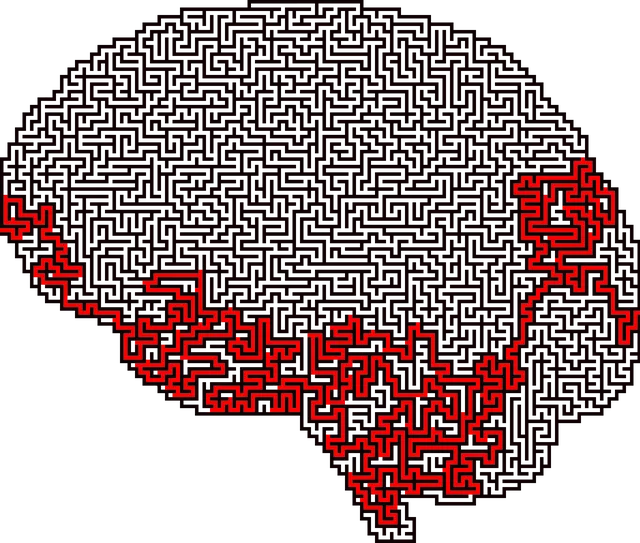Northglenn Kaiser Permanente's wellness program evaluations utilize a blend of quantitative and qualitative methods, including surveys, interviews, and data analysis, to assess program effectiveness. By tracking KPIs like symptom reduction, therapeutic engagement, and coping strategy adoption, the facility ensures its mental health initiatives remain dynamic and tailored to the diverse needs of the Northglenn community. This data-driven approach enables continuous improvement and better serves the evolving mental wellness landscape.
Mental wellness program evaluations are crucial for measuring effectiveness and driving improvement. This article explores comprehensive strategies employed at the Northglenn Kaiser Permanente mental health facility, highlighting key evaluation methods. We delve into both quantitative techniques, such as surveys and statistics, and qualitative approaches like interviews and client feedback to assess program impact. Additionally, we discuss stakeholder engagement, multi-method evaluation benefits, and continuous improvement processes, providing insights into enhancing mental health services at Northglenn Kaiser Permanente and beyond.
- Assessing Program Impact at Northglenn Kaiser Permanente Mental Health Facility
- – Overview of evaluation methods for mental wellness programs
- – Quantitative techniques: surveys, statistics, and metrics
Assessing Program Impact at Northglenn Kaiser Permanente Mental Health Facility

At Northglenn Kaiser Permanente mental health facility, evaluating the impact of wellness programs is a multifaceted process aimed at fostering continuous improvement and enhancing patient care. The assessment involves quantitative and qualitative methods to gauge both the immediate and long-term effects on patients and healthcare providers alike. Surveys and feedback forms are distributed to participants, capturing their experiences with various initiatives such as Conflict Resolution Techniques and Burnout Prevention Strategies for Healthcare Providers. These tools provide valuable insights into program effectiveness and participant satisfaction.
Additionally, individual and group interviews offer deeper understanding of personal growth, particularly in the realm of mindfulness practices like Mindfulness Meditation. This qualitative approach allows participants to share their journeys, highlighting transformations in coping mechanisms and overall mental wellness. By integrating these evaluation methods, Northglenn Kaiser Permanente ensures that its mental health programs remain dynamic, responsive, and aligned with the evolving needs of its diverse patient population.
– Overview of evaluation methods for mental wellness programs

Mental wellness program evaluations are crucial for measuring the effectiveness of interventions aimed at improving mental health and well-being. At Northglenn Kaiser Permanente mental health facility, several evaluation methods are employed to ensure comprehensive assessments. These include qualitative and quantitative approaches, such as surveys, interviews, and direct observations. By utilizing these techniques, professionals can gain insights into participants’ experiences, attitudes, and behaviors related to mental wellness.
The process involves tracking key performance indicators (KPIs) specific to the program’s goals, whether it focuses on Anxiety Relief, Self-Care Practices, or Stress Management. For instance, reductions in symptoms, increased engagement in therapeutic activities, and enhanced coping strategies are often measured. This data-driven approach allows for continuous improvement and ensures that mental wellness programs remain tailored to meet the evolving needs of individuals seeking support at Northglenn Kaiser Permanente.
– Quantitative techniques: surveys, statistics, and metrics

At the Northglenn Kaiser Permanente mental health facility, evaluating the effectiveness of wellness programs relies heavily on quantitative techniques. Surveys are a common tool to gauge participant satisfaction and gather valuable insights into their experiences with various interventions. These can range from simple Likert scales assessing program quality to in-depth questionnaires exploring individual growth and shifts in mental health status.
Statistics play a crucial role in analyzing program outcomes, providing tangible metrics for progress. For instance, tracking the number of participants adopting self-care practices or measuring improvements in emotional regulation can be achieved through statistical methods. This data-driven approach allows mental health professionals to assess whether programs align with the established mind over matter principles and make necessary adjustments to better serve the Northglenn community’s evolving needs.
Evaluating the impact of mental wellness programs is vital to ensure their effectiveness and make informed improvements. The case study at the Northglenn Kaiser Permanente Mental Health Facility demonstrates a comprehensive approach, utilizing quantitative techniques such as surveys, statistics, and metrics to assess program success. By implementing these evaluation methods, facilities like Northglenn Kaiser Permanente can gain valuable insights into service user satisfaction, treatment outcomes, and areas for enhancement, ultimately optimizing mental health care delivery.


